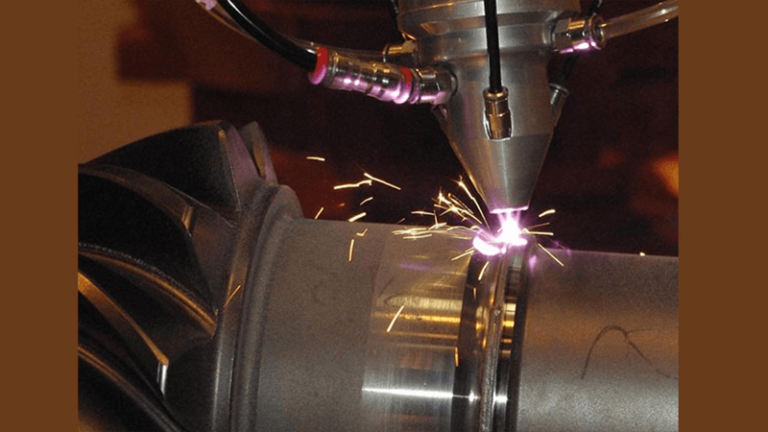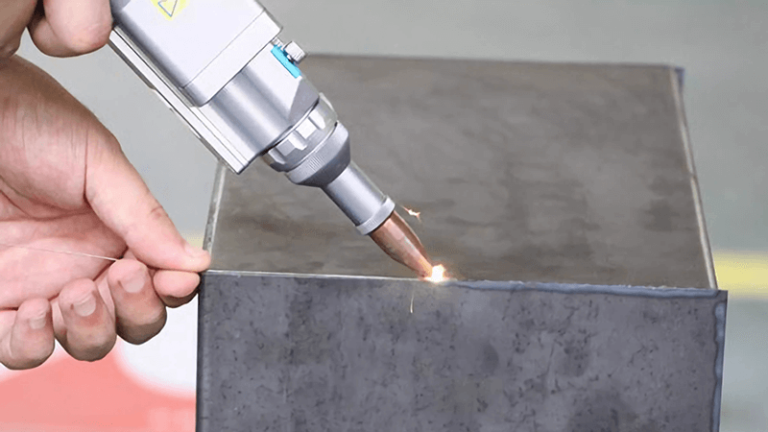I know the pressure to buy cheap. Budgets are tight. Quotes look high. Teams want results now. I feel that same push when I plan imports and stock. I also see what happens when a low price hides bigger risks.
A good low price fiber laser cutter gives stable cut quality, safe operation, and low downtime at a fair total cost. It is not the cheapest machine. It delivers consistent power, rigid motion, clean optics, strong support, and real parts supply. Price follows value, not luck.
I speak for Kirin Laser, a factory and OEM for fiber laser cutting, welding, cleaning, and marking. I sell to wholesalers and distributors. I also help them pick the right spec. I want long-term partners, not one-time buyers. So I look past the sticker price and focus on total return.

Are cheap laser cutters any good?
Many buyers ask me this first. I get why. A cheap machine can open a new market fast. It can also hurt a brand if it fails. I have seen both. I stay honest about the trade-offs.
Some cheap fiber laser cutters are usable for light work and low volume. Most fail on stability, support, and lifespan. A “good cheap” machine still needs stable power, rigid frames, decent motion parts, basic safety, and real spares. If those are missing, low price becomes high cost.
Dive Deeper: What makes a “good cheap” cutter work
I judge value with simple checks. I do not chase fancy words. I look at power and motion first. I then check safety, support, and parts. If any of these are weak, price does not help.
- Power source1: A stable fiber laser source matters more than raw kW. I prefer names with track records because I need steady beam quality across the lifespan. If the power drifts, cut edges get rough and burrs rise.
- Frame and gantry2: The frame must be rigid. Thin steel frames twist under speed and heat. A heavy bed, welded and stress-relieved, keeps the cut straight. Linear guides must be from reliable brands. Backlash and play kill precision.
- Motion and control: Real-time control and decent servo drives keep feed consistent. Cheap steppers can work on tiny beds, but they stall on thick sheets and high speed. A balanced motion setup saves nozzles and gas.
- Optics and protection: A good cutting head with auto-focus and protective lenses saves the day. If the protection glass cracks or the seal fails, you lose time and money. I always include extra protective lenses in the spare kit.
- Safety3: Class 1 enclosures, interlocks, fume extraction, and chiller alarms keep teams safe. Cheap machines often skip sensors. I do not accept that.
- Support and spares4: I stock nozzles, lenses, sensors, belts, and boards with my distributors. If parts come only from a slow channel, downtime grows.
Here is how I compare “good cheap” vs “bad cheap” in plain terms:
| Factor | Good Low Price | Bad Low Price |
|---|---|---|
| Laser source | Stable, known brand | Unclear, drift and faults |
| Frame | Heavy, stress-relieved | Thin, twists under load |
| Motion | Servo, decent CNC | Stepper, lost steps |
| Head | Auto-focus, protected | Manual, weak seal |
| Safety | Interlocks, sensors | Missing or faked |
| Spares | Stocked kits | None or long lead |
I do not promise magic. I promise a minimum bar that protects your brand and your clients. This is how a low price stays “good.”
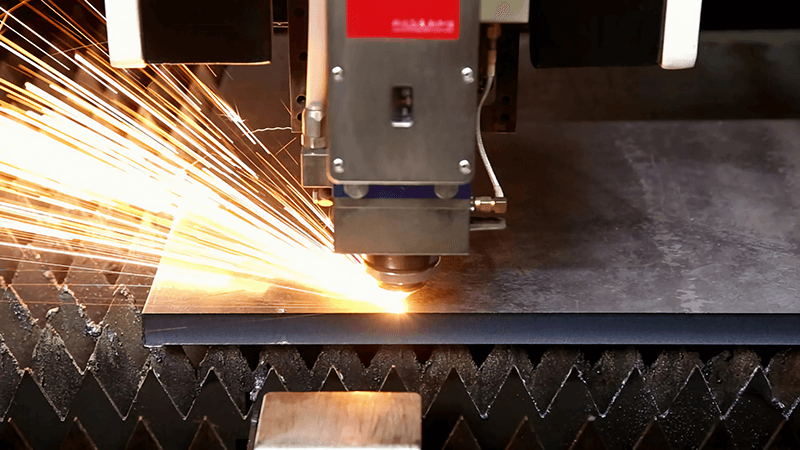
Are Chinese laser cutters any good?
I hear this a lot from U.S. partners. The short answer is yes, and I speak as a Chinese OEM. But the range is wide. Some factories build world-class machines. Some build toys. The buyer must sort with discipline.
Chinese fiber laser cutters can be very good. Quality depends on the factory, the BOM, and the QA process. You should verify sources, frames, motion parts, and support terms. Choose vendors who share test data, spare kits, and response SLAs. Then the value is strong.
Dive Deeper: How I vet factories and prove quality
I manage builds for Kirin Laser and for OEM partners. I know the supply chain. I also know the risks. I run a simple, strict process that any distributor can copy.
- Factory capability: I check welding jigs, stress relief ovens, CNC machining centers, and CMM tools. If a factory cannot show these, the frame may not be true. No frame, no accuracy.
- BOM transparency5: I require a clear bill of materials. I note laser source brand, cutting head brand, lenses type, servo models, rails, rack/pinion, and cables. I do not buy “black box” machines.
- Process control: I look for assembly torque specs, laser alignment SOPs, and burn-in logs. I want traceability by serial number.
- Test cuts6: I run sample cuts on stainless, mild steel, and aluminum at thickness ranges for the target market. I measure kerf, taper, burr, HAZ, and repeatability after warm-up and after cooldown.
- Documentation: I need electrical schematics, PLC/NC backups, and an English manual. This seems simple. It is not common enough. I push for better.
- After-sales: I set response SLAs and a parts list to stock in the U.S. or at the distributor site. I plan training for installers and operators.
A quick comparison helps you judge:
| Check | Strong Factory | Weak Factory |
|---|---|---|
| Frame process | Welded + stress-relieved | Spot welded, no stress relief |
| BOM | Named brands, verifiable | Vague, mixed lots |
| QA | Burn-in, logs, test cuts | Ship and pray |
| Docs | Full schematics, backups | Minimal, outdated |
| Support | SLA, spares kit | None, emails only |
Many U.S. teams fear that a China build means weak support. I fight that fear with structure. I give video audits, live tests, and parts bins. That is how we turn cost advantage into real value.
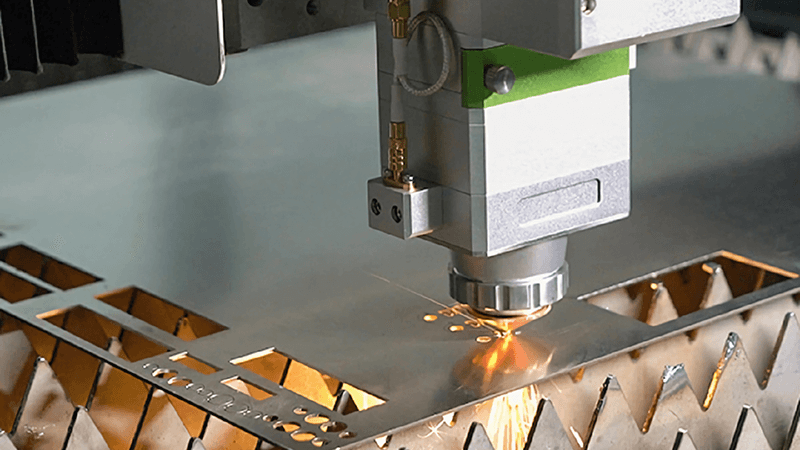
What are the disadvantages of using a laser cutter?
Every tool has limits. Laser cutters are precise and fast, but they are not a fit for every job or every shop. I tell partners the trade-offs first, so no one gets surprised later.
Main drawbacks include upfront cost, safety requirements, fumes and dust management, learning curve, and limits on reflective or thick materials at lower power. Maintenance of optics and alignment also needs attention. Plan for these, and the benefits still win for most metal work.
Dive Deeper: The real trade-offs and how I reduce them
I keep a simple list of downsides and remedies. I do not hide them. I design kits and SOPs to soften each pain point.
- Upfront cost: Even “low price” fiber lasers cost more than light tools. I reduce risk with staged configs. Start with 1–2 kW7, grow to 3–6 kW as orders grow. I design frames to accept higher power later.
- Safety and training: High power light can hurt eyes and skin. Enclosures, interlocks, and tinted windows are not optional. I add operator training and laminated checklists. Simple habits save.
- Fumes and particles: Laser cutting creates fumes and fine dust. Good extraction and filters are mandatory. I size the fume extractor to the table, not to price. I also check local codes with partners.
- Reflective metals8: Aluminum and copper reflect. Low power sources struggle. I spec anti-reflection protection and right nozzle setups. If the use case is heavy on these metals, I push for higher power and the right head.
- Edge quality on thick plate: At low power, thick plate cuts slow and can show dross. I share cutting libraries with well-tuned gas, focus, and speed. If the order mix is thick, I advise more power.
- Maintenance: Optics and lenses need care. I include spare protective lenses, lens wipes, and schedules. I write simple guidelines with pictures. This prevents most issues.
- Space and utilities: You need space for the table, chiller, gas, and extractor. I send layout drawings. I plan power supply and air lines with the installer.
Here is a quick view:
| Disadvantage | Impact | My Fix |
|---|---|---|
| Upfront cost | Cash pressure | Modular upgrades |
| Safety risk | Injury risk | Enclosed, training |
| Fumes | Health and code | Right extractor |
| Reflective metals | Instability | AR heads, more kW |
| Thick plate | Slow, dross | Power match, libraries |
| Maintenance | Downtime | Spare kits, SOPs |
| Space/utilities | Setup delays | Layout plan |
I also share a story. A U.S. client bought a budget cutter for aluminum. It cut well at first. Then the cut quality fell. Maintenance bills rose. Downtime grew. They moved to a higher-quality model with better optics and a stable source. Their edge quality returned. Their uptime improved. Profit went up. The lesson was clear.
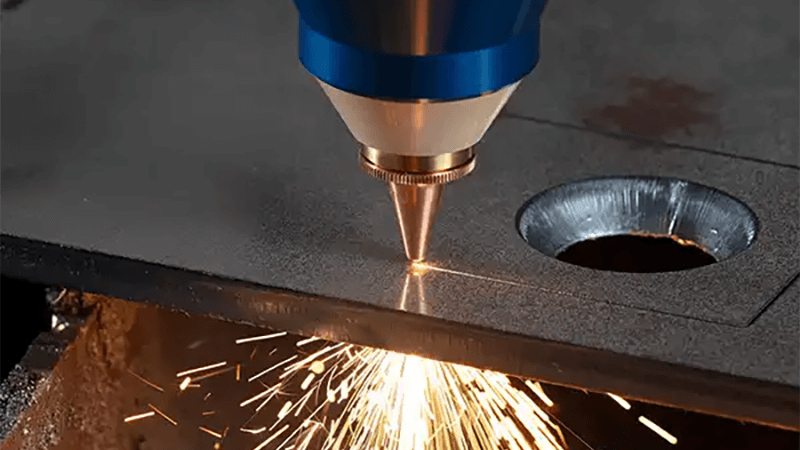
Do laser cutters use a lot of electricity?
Energy use is a real cost. It also affects pricing and margins. Fiber lasers are efficient compared to CO2, but the whole system still draws power. I give simple numbers to set expectations.
Typical 1–3 kW fiber cutters draw roughly 1.5–4.5 kW at the source under load, plus chiller, motion, and extraction. Real shop draw can reach 6–12 kW depending on power and duty cycle. Fiber is far more efficient than CO2 for metal cutting.
Dive Deeper: How I calculate real power draw and TCO
I split power by subsystems. This keeps the math clear. I also compare idle vs cutting states. Duty cycle is the key. Shops rarely cut 100% of the time.
- Laser source: Wall draw varies by brand and power. A 1 kW fiber source may draw around 1–1.5 kW at full output. A 3 kW unit may draw 3–4.5 kW. Efficiency is high compared to CO2.
- Chiller9: The chiller size follows laser power and ambient heat. Expect 1–3 kW draw for small to mid chillers. Hot shops need more.
- Motion and control: Servos, CNC, and auxiliaries draw 0.5–1.5 kW on average, with peaks during rapid moves.
- Extraction: Fume systems vary widely. Small units draw 0.5–1 kW. Larger systems can draw more, but they protect health and optics.
- Gas systems: Nitrogen generators or compressors add to draw if used. Bottle-fed systems shift cost to gas supply, not to electricity.
I offer a simple table for planning:
| System | 1 kW Machine | 2 kW Machine | 3 kW Machine |
|---|---|---|---|
| Laser source | ~1–1.5 kW | ~2–3 kW | ~3–4.5 kW |
| Chiller | ~1 kW | ~1.5–2 kW | ~2–3 kW |
| Motion/Control | ~0.5–1 kW | ~0.5–1 kW | ~0.7–1.2 kW |
| Extraction | ~0.5–0.8 kW | ~0.6–1 kW | ~0.8–1.2 kW |
| Total (cutting) | ~3–4.3 kW | ~4.6–7 kW | ~6.5–9.9 kW |
Real bills depend on duty cycle10. If you cut 50% of the shift, average draw drops. I help partners run a basic TCO. We use kWh rates, hours, duty cycle, and maintenance. Fiber wins against CO2 for metal jobs because it uses less power for the same thickness and speed. This is why I push fiber for most metal cutters in my line.
I also set power margins. I size the machine so it runs at 70–85% of power for most jobs. This protects the source and keeps edges clean. It also saves energy compared to running a small unit at 100% all day.

What is the main hazard with laser cutters?
Safety is always first. I never skip this talk, even when buyers rush on price. A laser cutter is safe when you use it right. It is dangerous when you ignore the basics.
The main hazards are laser radiation exposure and fume inhalation. Secondary hazards include fire, eye injury from reflections, electrical shock, and crushed fingers from motion systems. Enclosures, interlocks, PPE, training, and fume extraction address most risks.
Dive Deeper: My safety baseline and how I enforce it
I set a clear baseline for every machine I ship or OEM. I do not lower it to cut cost. I use simple rules and gear to keep people safe.
- Enclosure and interlocks: I prefer Class 1 enclosed machines. Doors have interlocks. The beam stops when the door opens. I spec windows rated for the laser wavelength. No exceptions.
- Fume extraction: I size the extractor and filter. I provide ducting advice. I check local codes with the buyer. I also consider door seals to keep fumes inside the enclosure.
- PPE and signage: I require safety glasses rated for the laser wavelength for maintenance tasks. I place clear labels and emergency stop tags. I keep it simple and visible.
- Fire control: Cutting creates sparks and hot dross. I use flame-resistant bellows and proper bed design. I add a fire extinguisher nearby. For thicker plate or high duty, I can add sensors.
- Electrical safety: I provide full schematics. I insist on proper grounding, RCD/GFCI where needed, and regular checks. Only trained personnel should open cabinets.
- Training and SOPs: I ship a simple startup and shutdown checklist. I include a pre-cut checklist: gas, focus lens clean, nozzle check, extractor on, chiller stable, emergency stop test. These habits matter.
- Maintenance plan: I schedule lens checks, filter changes, nozzle swaps, and rail lubrication. Small tasks prevent big events.
A quick safety view:
| Hazard | Control |
|---|---|
| Laser radiation | Class 1 enclosure, interlocks, rated windows |
| Fumes and dust | Right extractor, sealed paths, filter changes |
| Fire | Bed design, flame-safe parts, extinguisher nearby |
| Eye injury | Rated PPE for service work |
| Electrical | Grounding, RCD/GFCI, schematics, trained techs |
| Mechanical | Guards, slow jog during service, lockout |
I train distributors and their techs. I do remote walk-throughs. I leave space in the layout for safe access. This is not complex. It just needs attention. With these steps, incidents stay rare.
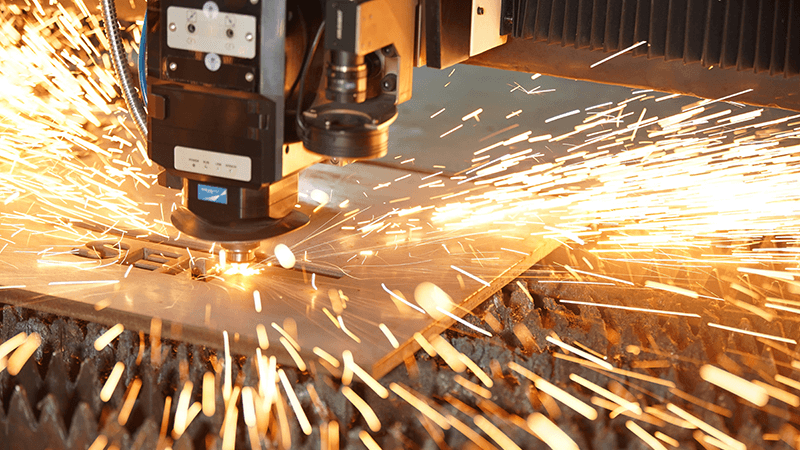
Conclusion
A “good low price” fiber laser cutter11 is about balance, not the lowest bid. I start with stable power, a rigid frame, decent motion, a protected head, and safety basics. I add spare parts, clear docs, and fast support. I match power to the real jobs to protect uptime and energy costs. I share cut libraries and training so teams get clean parts from day one. This is how I protect margins for my partners and for their clients, and this is how a low price stays a smart price.
-
Understanding the significance of a stable power source can help you make informed decisions about cutting machines. ↩
-
Explore how frame rigidity impacts cutting quality, ensuring you choose the right machine for your needs. ↩
-
Learn about essential safety features to protect your team and ensure compliance in your workspace. ↩
-
Discover the benefits of having readily available spare parts to minimize downtime and maintain productivity. ↩
-
Understanding BOM transparency is crucial for ensuring quality and accountability in manufacturing processes. ↩
-
Exploring the significance of test cuts can enhance your knowledge of quality assurance in production. ↩
-
Discover how starting with 1–2 kW fiber lasers can minimize initial costs and allow for scalable growth in manufacturing operations. ↩
-
Explore this link to understand how to effectively cut reflective metals, ensuring stability and quality in your laser cutting operations. ↩
-
Understanding chiller selection helps optimize energy use and efficiency, crucial for managing costs and performance in laser cutting operations. ↩
-
Understanding duty cycle is crucial for optimizing power usage and reducing costs in laser cutting operations. ↩
-
Finding the best laser cutting machine and laser cutting solutions from Kirin Laser, clicking this link to get all your needs for your business. ↩


